Introduction
Kanchanaburi, situated in western Thailand, is a territory known for its normal magnificence and verifiable importance. Its home to the popular Stream Kwai and the Passing Railroad, worked during The Second Great War by Associated detainees of battle under unforgiving circumstances. The region is rich with lavish woodlands, cascades like Erawan Falls, and public parks, making it well known for open air exercises. Guests frequently investigate the verifiable locales, including the JEATH War Historical center and Inferno Pass Commemoration. Kanchanaburi offers a blend of history, culture, and grand scenes for explorers.
Bridge over the River Kwai
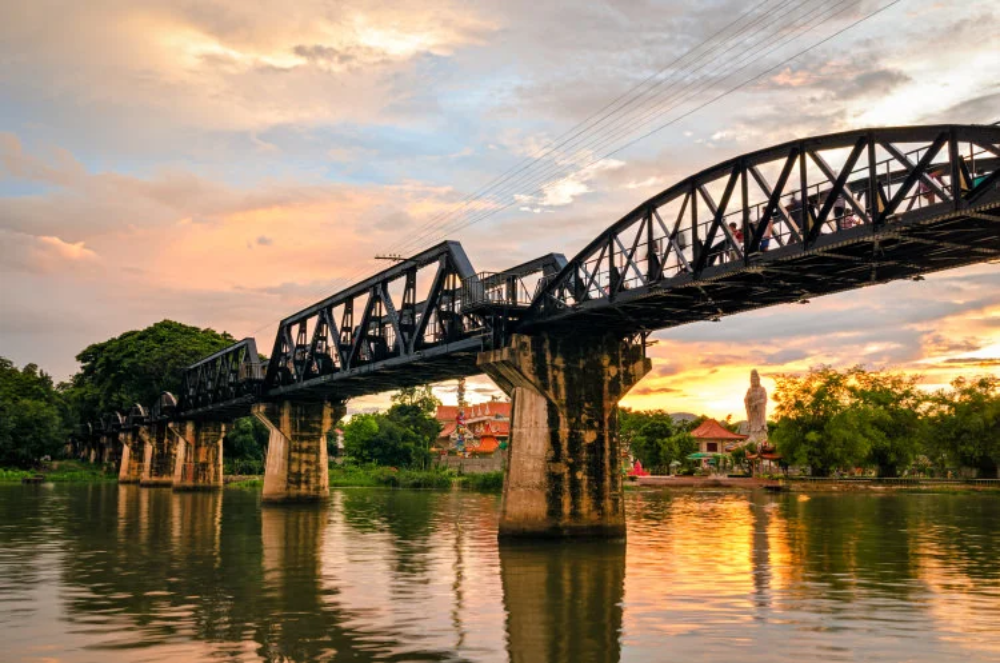
- The Scaffold over the Stream Kwai is maybe the most well-known milestone in Kanchanaburi, made widely acclaimed by the 1957 film of a similar name. It is a piece of the scandalous “Demise Rail route” worked during The Second Great War by United detainees of war and Asian workers under Japanese occupation. Guests can stroll along the scaffold, find out about its set of experiences, and take photographs of this image of flexibility.
Kanchanaburi War Cemetery
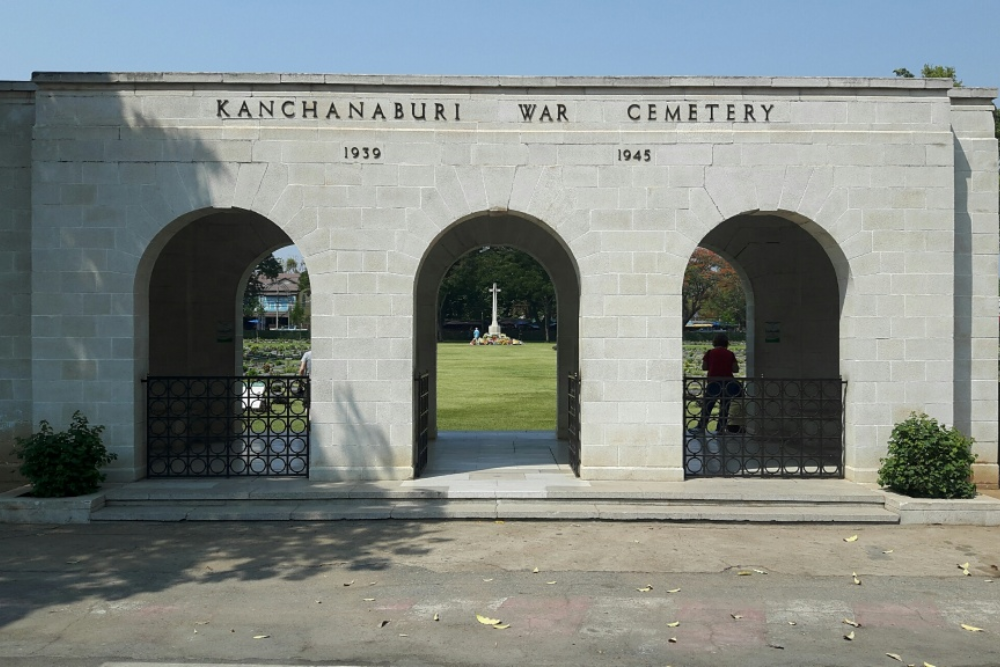
- The Kanchanaburi War Burial ground is the last resting place for in excess of 6,000 United detainees of war who passed on during the development of the Demise Rail line. The flawlessly kept up with grounds are a solemn sign of the difficulties persevered by the people who chipped away at the rail route, and it’s a spot for calm reflection and offering appreciation.
JEATH War Museum
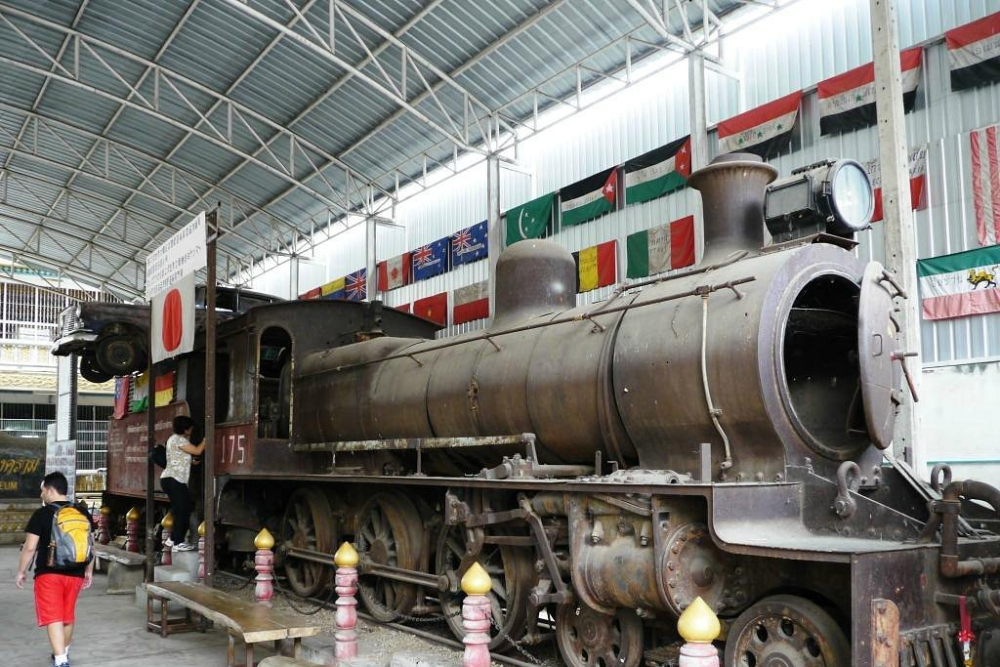
- The JEATH War Historical center is situated close to the Stream Kwai Extension and offers bits of knowledge into the existences of the detainees of war (POWs) who constructed the Demise Rail line. “JEATH” represents Japan, Britain, America, Australia, Thailand, and Holland, addressing the ethnicities engaged with the development of the railroad. The gallery displays photos, ancient rarities, and data about the awful circumstances persevered by POWs during the conflict.
Hellfire Pass Memorial Museum
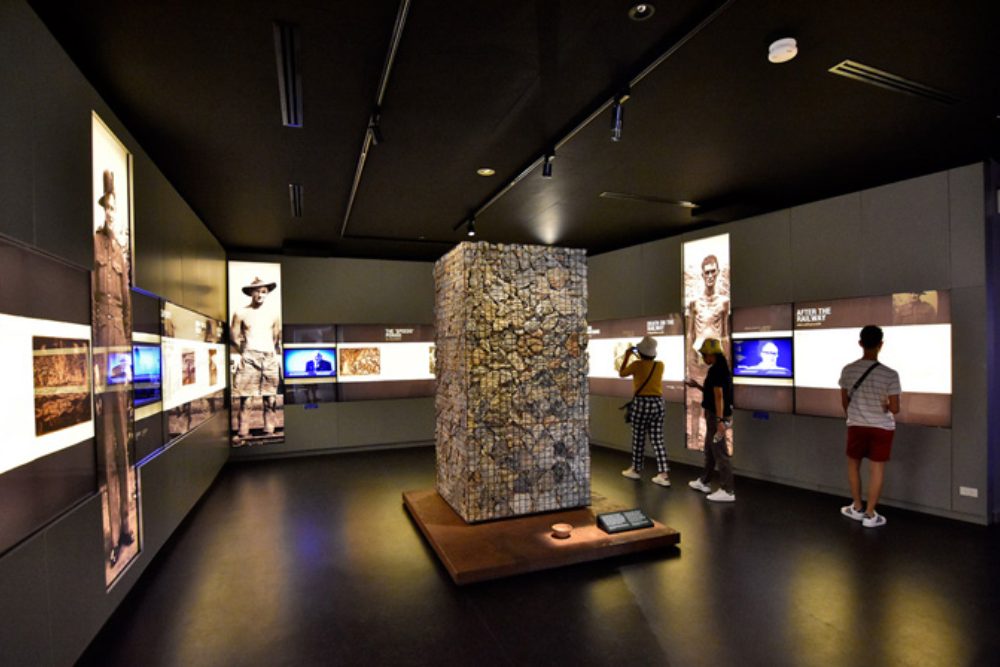
- The Damnation Pass Remembrance Exhibition hall is committed to the great many POWs and Asian workers who died while building the rail line through this deceptive mountain pass. Named for the creepy shine made by torchlight during night shifts, Inferno Pass is one of the most nerve racking areas of the rail line. Guests can stroll through the pass and see leftovers of the rail route tracks, while the historical center offers point by point displays on the merciless working circumstances.
Sai Yok National Park
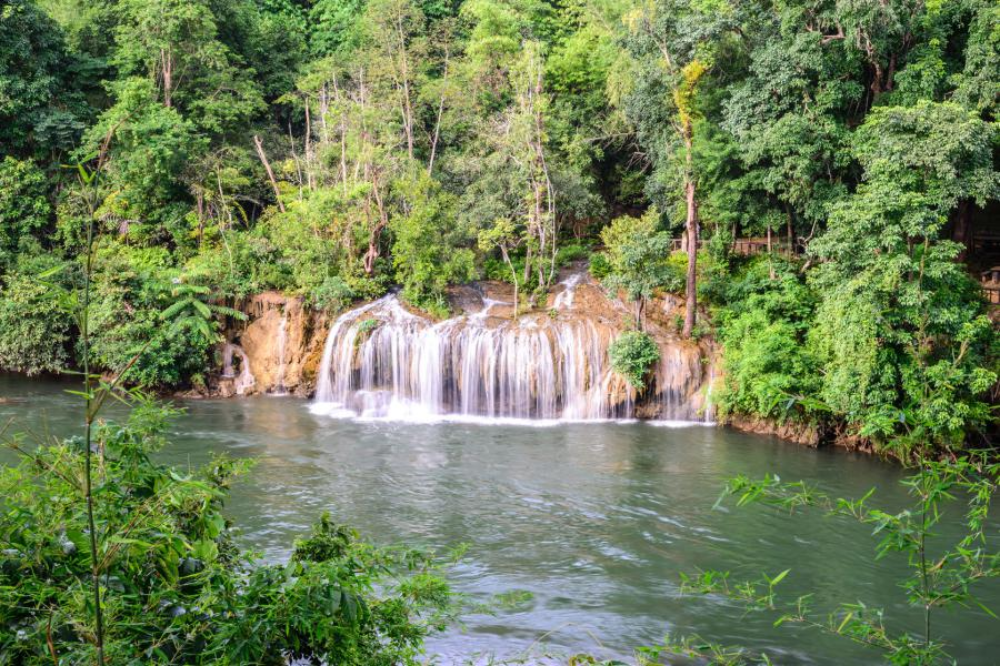
- Sai Yok Public Park is one more gorgeous regular save in Kanchanaburi, known for its cascades, caves, and different natural life. The Sai Yok Noi Cascade is a well-known fascination, offering a cool rest from the intensity. The recreation area additionally includes the Sai Yok Yai Cascade, limestone caves, and verifiable locales connected with the Demise Rail line.
The Death Railway Museum and Research Centre
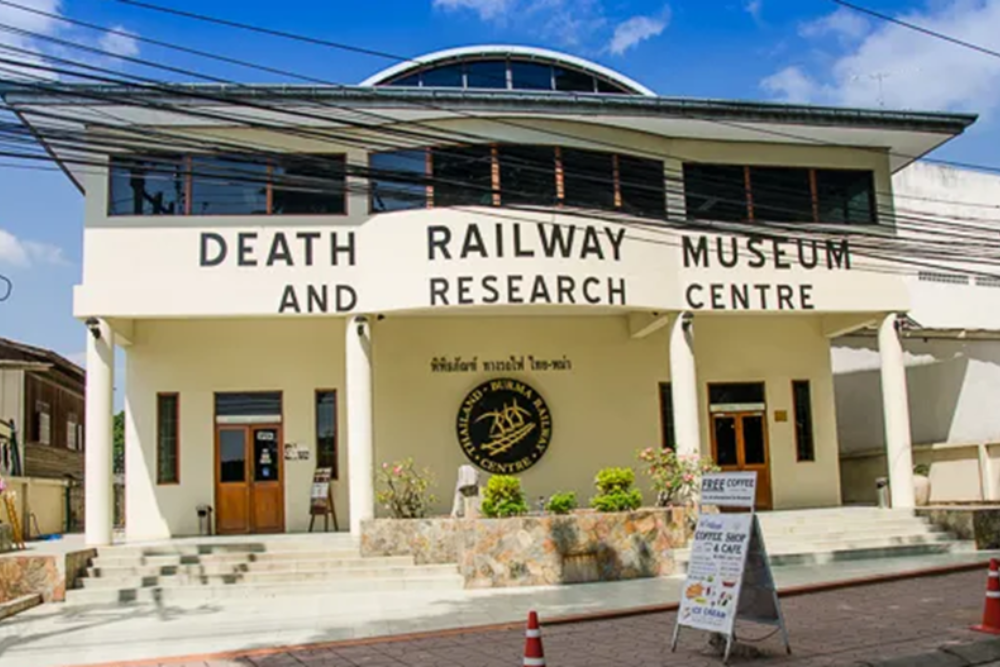
- Otherwise called the Thailand-Burma Railroad Center, this exhibition hall gives a useful and drawing in outline of the development of the Demise Rail line and the human cost it took. Shows incorporate photos, individual things, and media introductions that shed light on the conflict’s effect on the two officers and regular people.
Wat Tham Suea (Tiger Cave Temple)

- Wat Tham Suea, or the Tiger Cavern Sanctuary, is a striking Buddhist sanctuary situated on a peak sitting above the Mae Klong Stream. The sanctuary complex is popular for its tremendous brilliant Buddha sculpture, staggering perspectives, and many-sided design. Guests can climb the 157 moves toward arrive at the sanctuary, where they are compensated with all-encompassing perspectives on the encompassing open country.
Prasat Muang Singh Historical Park
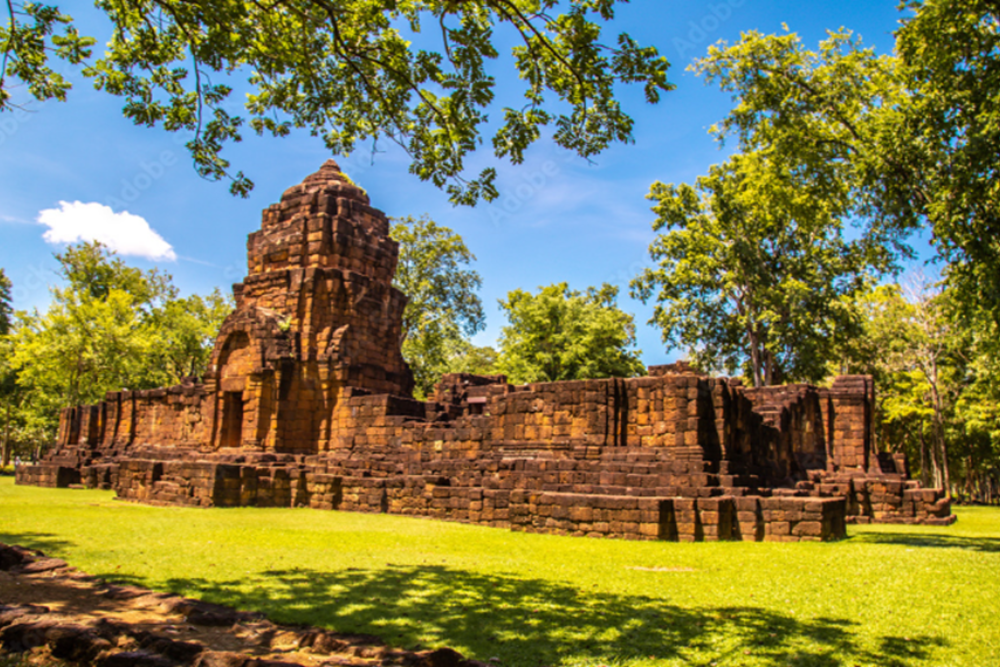
- Situated around 35 kilometers from Kanchanaburi, the Prasat Muang Singh Verifiable Park is home to the old vestiges of a Khmer sanctuary complex, trusted to trace all the way back to the thirteenth hundred years. The recreation area includes very much safeguarded structures, including a focal safe-haven, laterite walls, and channels. It’s an incredible spot to investigate the district’s old history and partake in a quiet stroll through the archeological site.
Wat Ban Tham
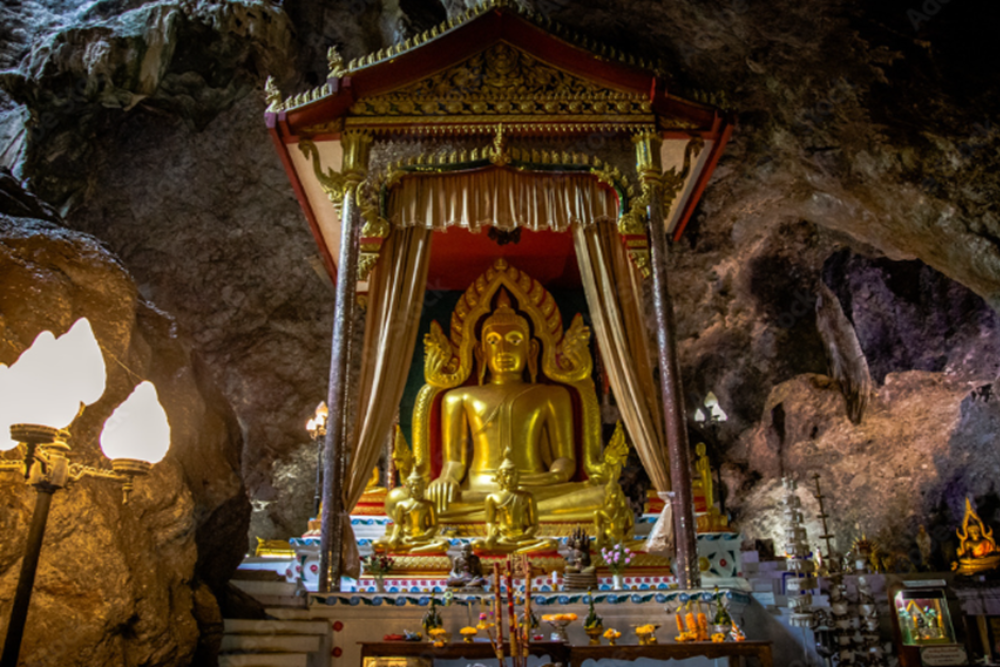
Wat Boycott Tham is a less popular sanctuary situated in a cavern, offering a remarkable profound and brave insight. Guests should climb a progression of steps through a mythical beast’s mouth to arrive at the sanctuary. Inside, the cavern opens up to uncover sculptures and raised areas, and from the top, you’ll have clearing perspectives on the encompassing open country.
Dos and Don’ts in Kanchanaburi
While visiting Kanchanaburi, Thailand, regarding the neighborhood culture and authentic meaning of many locales in the area is fundamental. Here are a few customs to remember:
Dos:
- Respect Historical Sites: Kanchanaburi is home to critical authentic milestones, particularly connected with The Second Great War, similar to the Demise Railroad, War Burial ground, and Damnation Pass. Extend regard by keeping up with peaceful and adhering to guidelines.
- Dress Modestly: While visiting sanctuaries or social destinations, wear fitting attire that covers your shoulders and knees.
- Stay Hydrated and Use Sun Protection: The weather conditions can be blistering and damp, so drink a lot of water, wear sunscreen, and bring a cap.
Don’ts:
- Don’t Touch or Climb on Monuments: A considerable lot of Kanchanaburi’s locales, similar to the Scaffold on the Waterway Kwai, are generally critical. Abstain from getting on them or contacting fragile regions.
- Avoid Disrespecting Religious Sites: Don’t wear uncovering apparel or act improperly in or around sanctuaries. Continuously take off your shoes prior to entering.
- Don’t Ignore War Memorial Etiquette: Be calm and grave in war burial grounds and dedications. These are spots of reflection and regard.
Best time to reach in Kanchanaburi
The best chance to visit Kanchanaburi, Thailand, is during the cool and dry season, which runs from November to February. During this time, the weather conditions is more agreeable for investigating open air attractions and verifiable locales, with charming temperatures going from 20°C to 30°C (68°F to 86°F). Here are subtleties on each season:
Best Time to Visit:
- November to February (Cool and Dry Season):
- Gentle temperatures, lower dampness, and insignificant precipitation.
- Ideal for touring, journeying, visiting cascades (like Erawan Falls), and investigating authentic destinations like the Demise Rail route and Inferno Pass.
- More vacationers visit during this period, so it could be more occupied, however the weather conditions makes it worth the effort.
Different Seasons:
- Walk to May (Hot Season):
- Temperatures can take off to over 40°C (104°F), making outside exercises anxious.
- On the off chance that you wouldn’t fret the intensity, you can in any case investigate, however guarantee you stay hydrated and keep away from the late morning sun.
- Less travelers visit during this period, so it’s less packed.
- June to October (Rainy Season):
- Incessant downpour showers and higher dampness. The rich green scenes and streaming cascades are at their best during this season.
- An open air exercises might be restricted because of downpour, however the parks and cascades can paralyze. Mosquitoes are more common, so convey bug repellent.
- This is the low season, so attractions will be less packed, and convenience costs might be lower.












